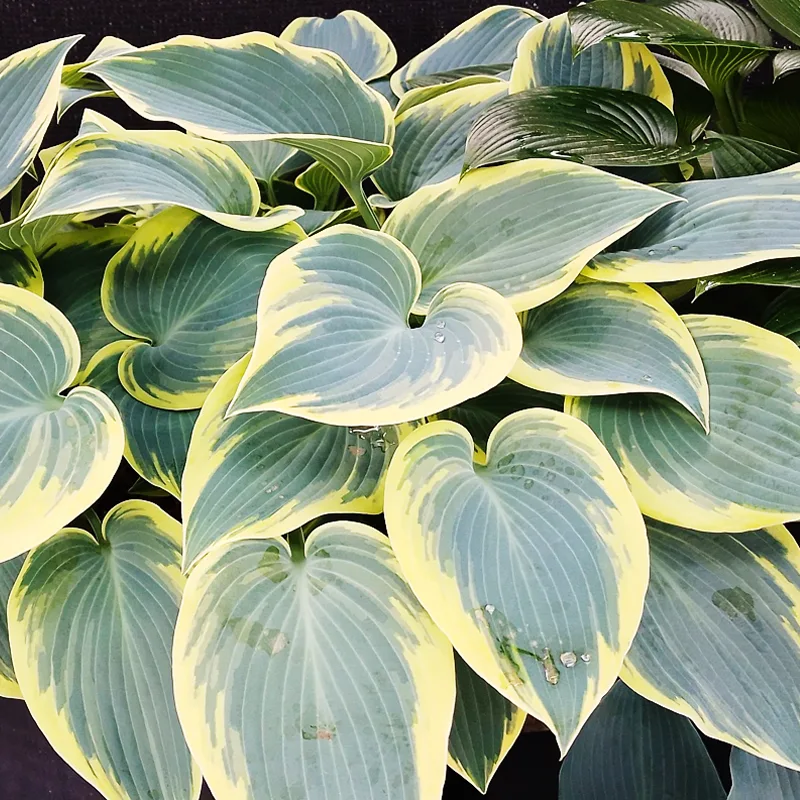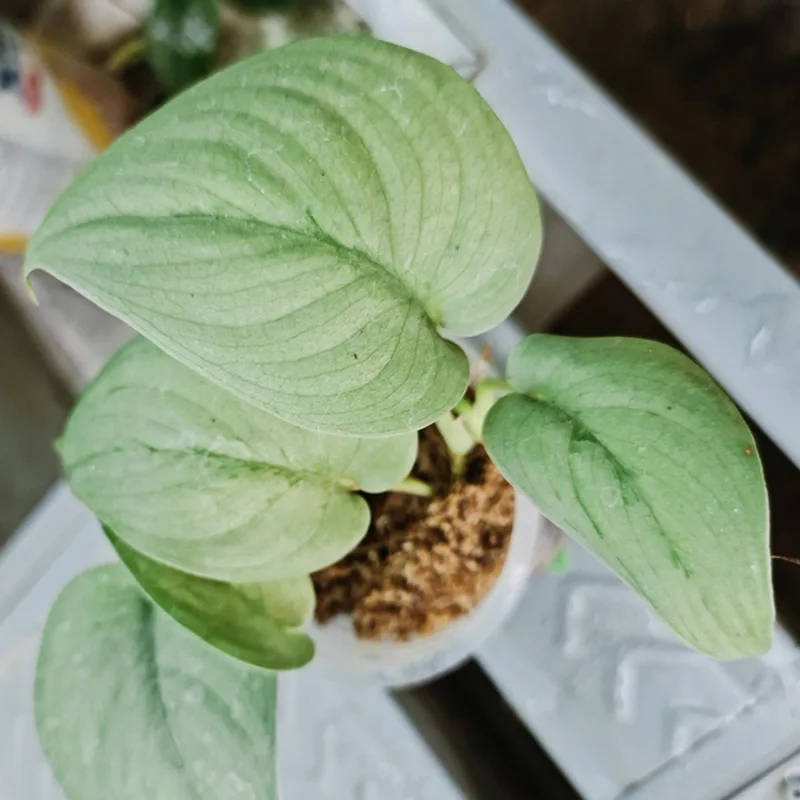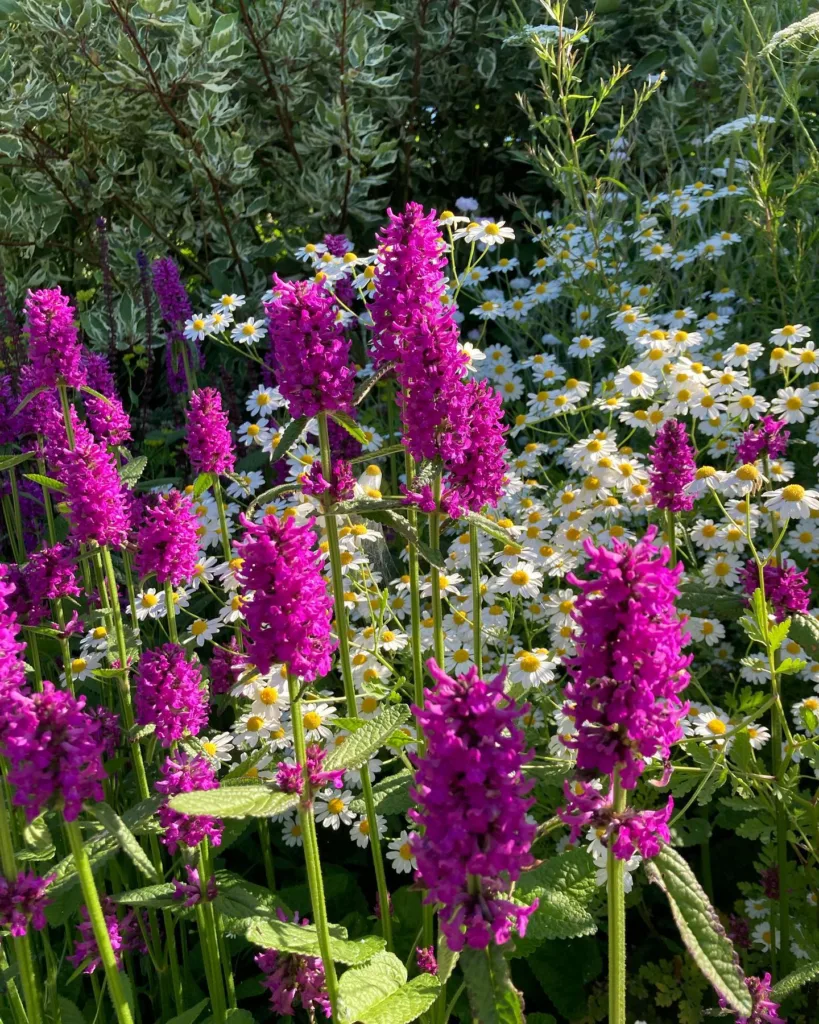FAQs About Cistus Creticus: Everything You Need to Know
As a plant enthusiast, I’ve always been drawn to unique and resilient plants. One such gem I’ve come across is Cistus Creticus. This Mediterranean beauty, often known as the Cretan rockrose, captivates with its stunning flowers and hardiness. In this article, I’ll answer some frequently asked questions about Cistus Creticus, covering everything from care to propagation and more.
67 Species in Genus Cistus
What is Cistus Creticus?
Cistus Creticus is a flowering plant native to the Mediterranean region, particularly found on the Greek island of Crete. It’s part of the Cistaceae family and thrives in rocky, dry conditions. The plant typically grows about 1 to 3 feet tall and features gray-green leaves that are aromatic when crushed. The flowers are its standout feature, with petals that range from white to pale pink, often adorned with darker spots at their base.
How to Care for Cistus Creticus?
Cistus Creticus is known for being relatively low-maintenance, making it a perfect choice for busy gardeners. Here are some key care tips I’ve found useful:
- Sunlight: This plant thrives in full sun, so choose a spot in your garden that receives at least six hours of direct sunlight daily. It can tolerate some partial shade, but flowering may be reduced.
- Soil: Well-draining soil is essential. I recommend sandy or rocky soil with a pH between 6.0 and 8.0. If your garden soil is heavy clay, consider amending it with sand or gravel.
- Watering: Cistus Creticus is drought-tolerant once established. Water it deeply but infrequently, allowing the soil to dry out between waterings. Overwatering can lead to root rot, which I’ve learned the hard way!
- Pruning: Regular pruning helps maintain the plant’s shape and encourages bushier growth. I usually prune after flowering in late spring or early summer.
How to Propagate Cistus Creticus?
Propagation of Cistus Creticus is quite simple and can be done through cuttings or seeds.
- Cuttings: I prefer taking semi-hardwood cuttings in late summer. Select healthy stems, cut them about 4-6 inches long, and remove the lower leaves. Dip the cut end in rooting hormone, then place it in a well-draining potting mix. Keep the soil moist and in a shaded area until roots develop.
- Seeds: If you’re opting for seeds, sow them in spring after the last frost. Lightly cover the seeds with soil, and keep them moist but not soggy. Germination usually takes about two to three weeks.
What to Plant With Cistus Creticus?
Companion planting can enhance the beauty of your garden. Cistus Creticus pairs well with other Mediterranean plants like lavender, rosemary, and thyme. These plants share similar water and light requirements, creating a harmonious garden aesthetic. I’ve found that planting it alongside succulents adds an interesting contrast in texture.
Is Cistus Creticus Toxic?
One of the questions I often get is about the toxicity of Cistus Creticus. Fortunately, it is considered non-toxic to pets and humans. However, it’s always wise to supervise pets around any plant, as some might nibble without any knowledge of toxicity.
Benefits of Cistus Creticus
Cistus Creticus offers several benefits beyond its striking appearance. Here are a few:
- Erosion Control: Due to its deep root system, it can help prevent soil erosion on slopes or rocky terrains.
- Pollinator-Friendly: The vibrant flowers attract bees and other pollinators, making it an excellent addition to a pollinator garden.
- Drought Resistance: Its drought-tolerant nature means less reliance on water once established, which is a major plus in water-scarce areas.
Common Problems
While Cistus Creticus is generally low-maintenance, it can face a few common issues:
- Root Rot: This can occur if the soil doesn’t drain well. I’ve learned to ensure proper drainage to avoid this problem.
- Pests: Keep an eye out for aphids and spider mites. I find that a gentle spray of water can help dislodge these pests.
- Fungal Diseases: Humid conditions can lead to fungal infections. Ensuring good air circulation around the plant is key to prevention.
Comparing Cistus Creticus with Similar Plants
If you’re considering Cistus Creticus, you might also come across similar plants like Cistus ladanifer or Cistus salviifolius. While all belong to the same family, Cistus ladanifer features larger flowers and a more bushy appearance, making it a popular choice for ornamental gardens. Cistus salviifolius, on the other hand, has narrower leaves and can be less drought-tolerant.
In conclusion, Cistus Creticus is an exceptional choice for any garden, especially if you’re looking for a low-maintenance, drought-resistant plant with stunning flowers. Whether you’re an experienced gardener or just starting, this rockrose is sure to bring beauty and resilience to your outdoor space. Happy gardening!
If i die, water my plants!



